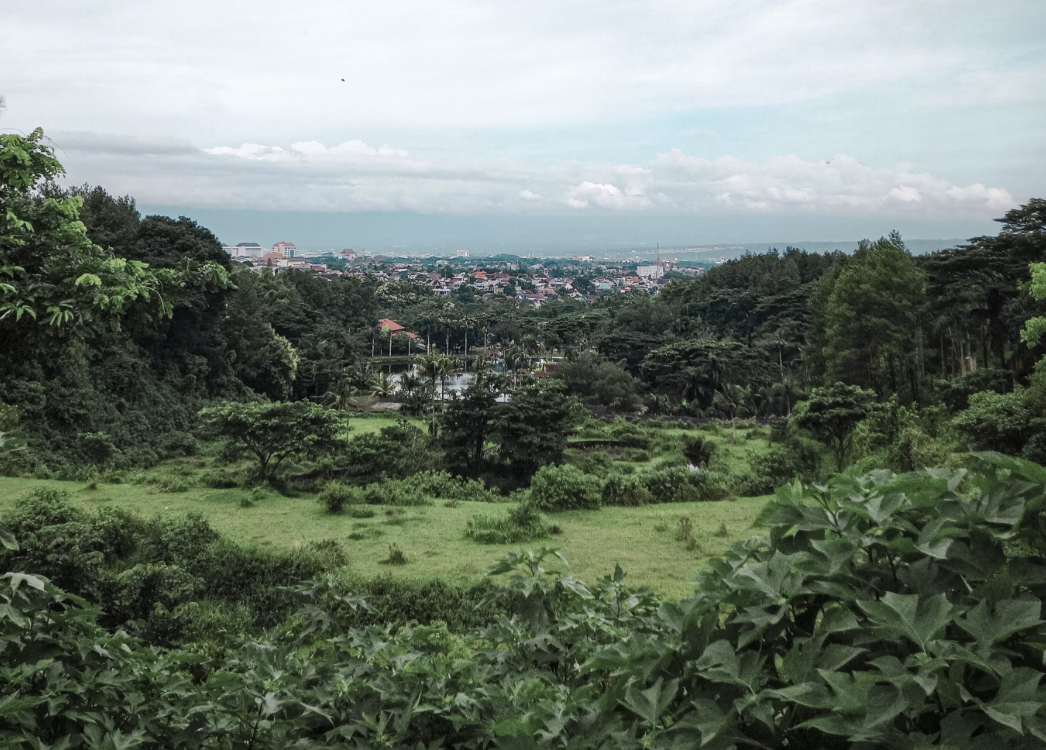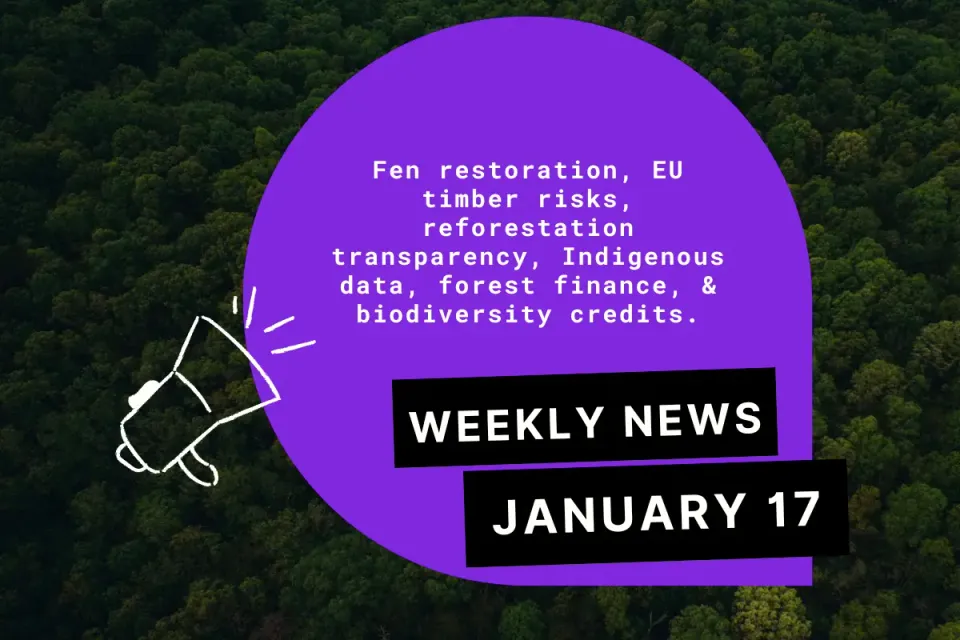Social Forestry in Indonesia: When Conservation Meets Community Power 🌍🌱
For social forestry to be successful, transparency is critical, especially about environmental trade-offs.

Social forestry in Indonesia isn’t just a feel-good policy; it’s a practical approach to empowering communities in forest management. 🌳 Local villagers are gaining official rights to nearby forest lands, enabling them to create sustainable businesses like agroforestry, ecotourism, and non-timber product harvesting without depleting natural resources. 🌾 At a recent forum hosted by EB Impact in Jakarta, experts stressed that unlocking social forestry's full potential requires local communities, NGOs, government agencies, and private companies to collaborate closely. 🤝
This model didn’t emerge overnight—it’s part of Indonesia’s Agrarian Reform Program, which has already granted local management rights over some 6.4 million hectares (think: the size of Sri Lanka). 🌍 With support from initiatives like the World Bank’s Strengthening of Social Forestry (SSF) Project, social forestry aims to tackle rural poverty and conservation simultaneously. But it’s no walk in the park. 🌲 Forest-adjacent communities still rely on critical resources like rice, water, and energy from these ecosystems, which can strain forests. Gamma Galudra, Director of RECOFTC Indonesia, highlighted this ongoing challenge: communities are still working to find a sustainable balance between resource use and income generation without compromising ecosystem health. 💧🍚
And here’s the real challenge: a study by Indonesia’s National Research and Innovation Agency (BRIN) found that increased human activity can disrupt habitats, risking losses for species that thrive in undisturbed ecosystems. 🐾 Balancing economic development with biodiversity protection isn’t straightforward. The study underscores the need for a framework that aligns biodiversity preservation with economic growth—because, let’s face it, economic gains are pointless if the ecosystems supporting them are compromised. 🌱🌿
Bottom line? For social forestry to be successful, transparency is critical, especially about environmental trade-offs. Clear, open communication on ecological impacts can foster trust among all stakeholders. With the right governance and a genuine team effort, Indonesia’s social forestry program could become a rare win-win: one that empowers communities while keeping forests healthy and resilient. 🌏🌳
Sources 📖
Climate action game-changers: The forest story from Indonesia. (2024, June 5). World Bank. Retrieved from https://www.worldbank.org/en/news/feature/2024/06/05/climate-action-game-changers-the-forest-story-from-indonesia
Gunawan H, Yeny I, Karlina E, Suharti S, Murniati, Subarudi, Mulyanto B, Ekawati S, Garsetiasih R, Pratiwi, et al. Integrating Social Forestry and Biodiversity Conservation in Indonesia. Forests. 2022; 13(12):2152. Retrieved from https://www.mdpi.com/1999-4907/13/12/2152
Metriani, Y. (2024, November 9). Social forestry calls for multistakeholder collaboration. Jakarta Globe. Retrieved from https://jakartaglobe.id/special-updates/social-forestry-calls-for-multistakeholder-collaboration




